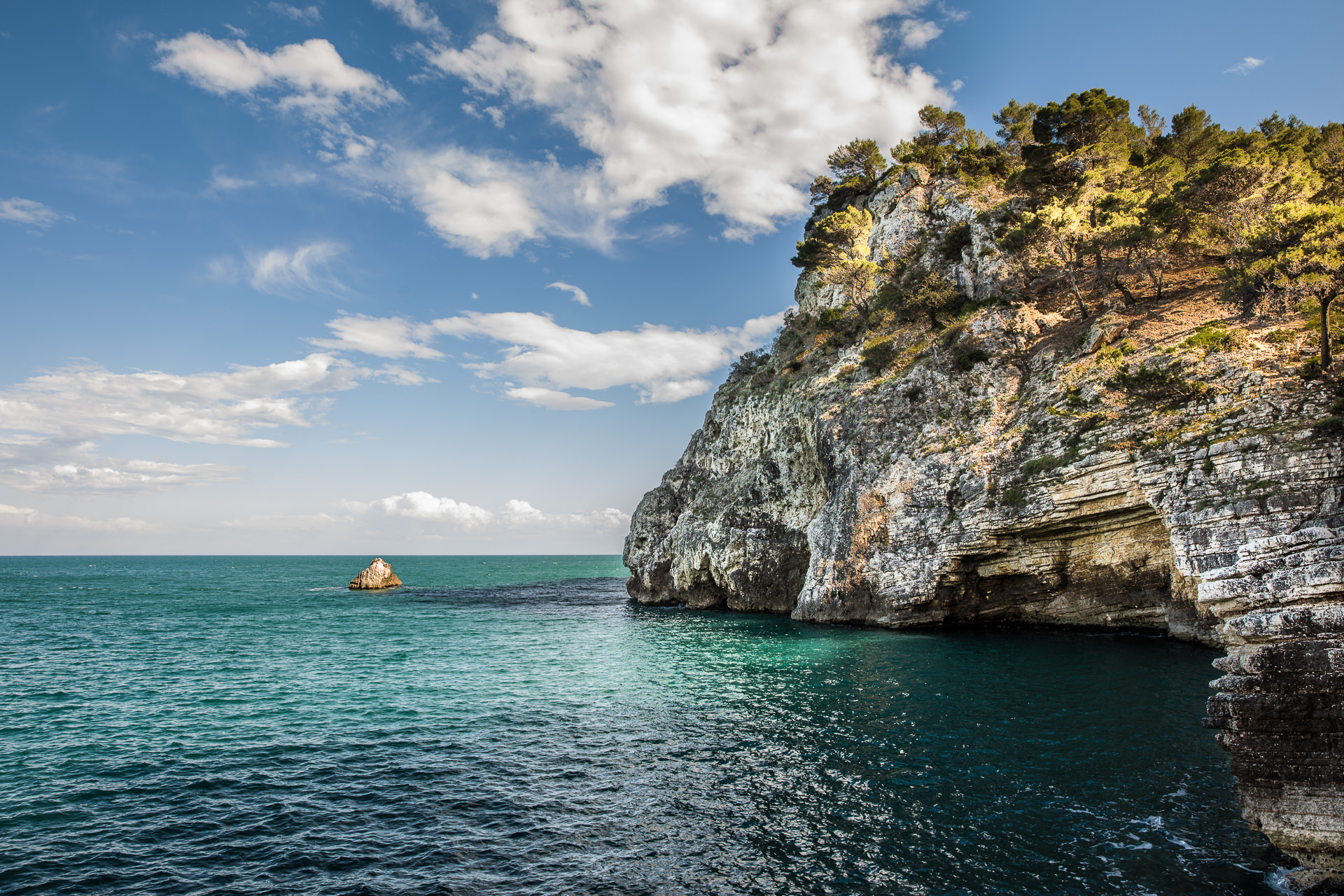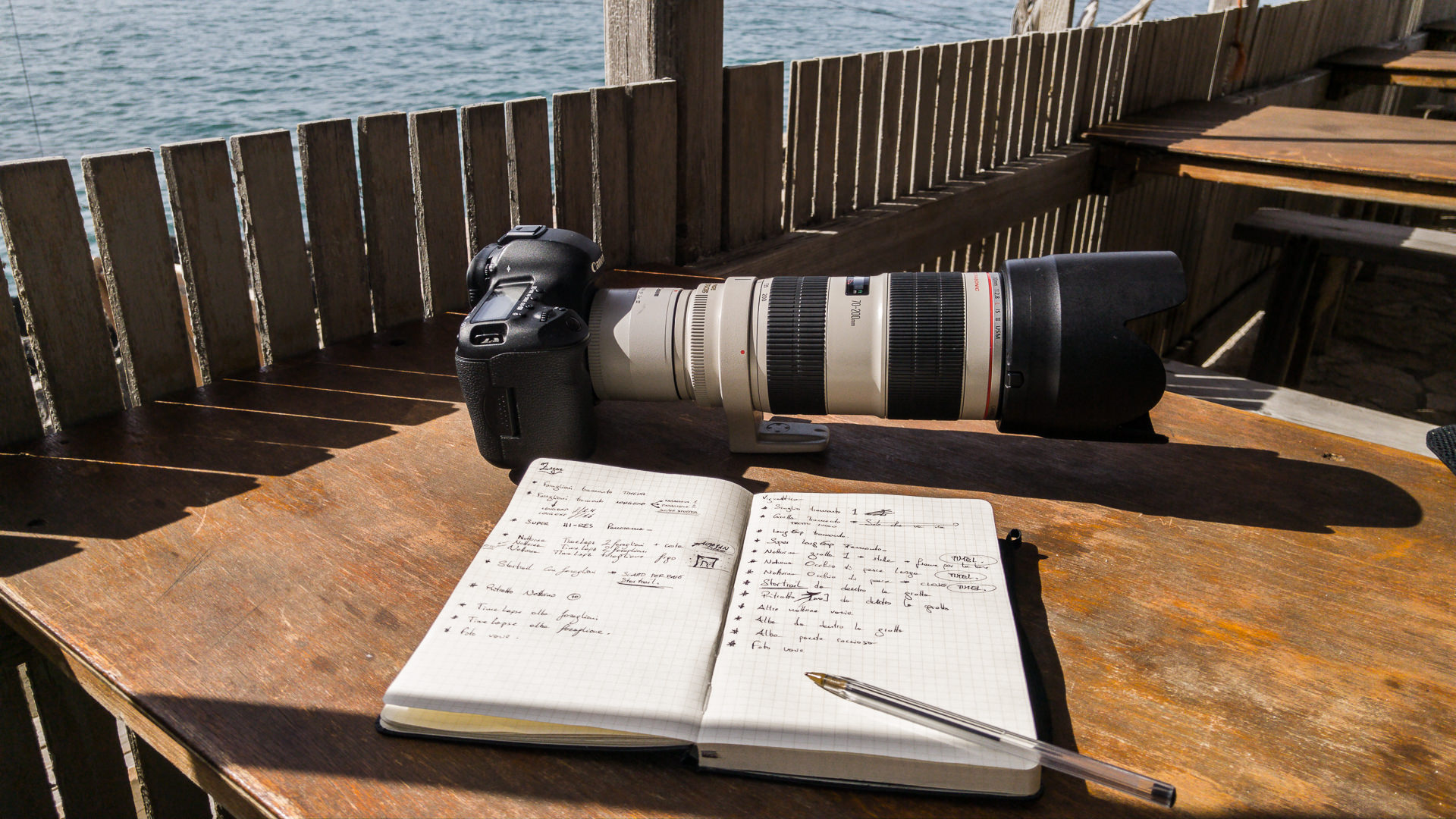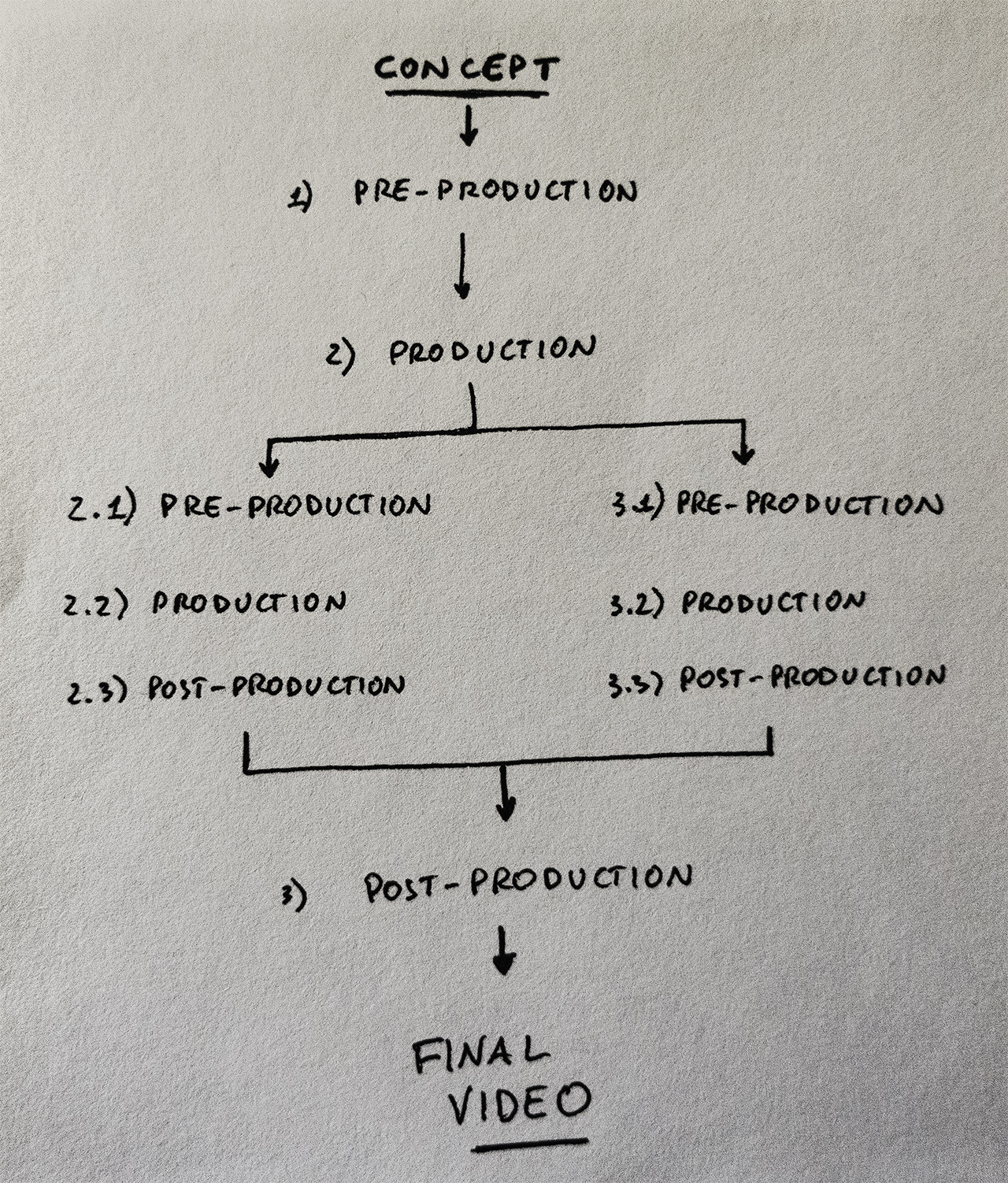I contenuti in questa pagina sono bilingue! Scorri a destra con il dito sui testi per cambiare lingua.
The contents on this page are bilingual! Swipe right on the text to switch language.
The Concept
it
Telling a territory ain’t no easy task.
No doubt there are a lot of ways to do it: litterature, music, photography, video, each with its rules, its tools and its athmospheres. A book lets you wander with your mind, visualize a scenario based on the description given by the author, more or less rich in particulars; a song may express a musical tradition or simply transmit sensations, call a land’s beauties through the power of sounds; a picture can show something, as it is, in that precise moment, without any filters imposed by immagination; a video has the power to show facts, in their making, scenes of what is happening, in that territory.
en
Raccontare un territorio non è mai un’impresa semplice.
Indubbiamente vi sono molti modi per farlo: letteratura, musica, fotografia, video, ciascuno con i propri canoni, i propri strumenti e le proprie atmosfere. Un libro ti lascia spaziare con la mente, visualizzare uno scenario in base alla descrizione di esso, più o meno ricca di particolari; una canzone può esprimere una tradizione musicale, o semplicemente comunicare delle sensazioni, evocare le bellezze di un territorio attraverso il potere dei suoni; una fotografia può mostrare, senza il filtro dell’immaginazione, ciò che è, come è, immortalato in un determinato istante; il video ha il potere di mostrare degli avvenimenti, nel loro compimento, delle scene di ciò che avviene nel territorio.
it
The idea behind this project is to tell this majestic land using a technique that sinthesizes all the main pillars of photography, video and music, adding a peculiar note to the whole: the possibility to show the “flow of time”.
This technique makes possible to show hours and hours passing before the viewer’s eyes in a handful of seconds, letting a low-pressure area to do its course, the Sun to shed its light on a cliff, the Milky Way to cross the nightsky.
This is how Time meets Landscape and becomes the main character of the tale: time in its inexorable passing through rock and sand, dirt and leaves, in a relentless flow of clouds, waves and stars.
en
L’idea dietro questo progetto è quella di voler raccontare questo maestoso territorio mediante una tecnica che unisce e sintetizza, in un certo senso, buona parte delle peculiarità di fotografia, video e musica, aggiungendo una nota caratteristica dal grande potere espressivo: la possibilità di mostrare “lo scorrere del tempo”.
Tale tecnica rende possibile mostrare in una manciata di secondi lo scorrere di minuti o perfino intere ore, permettendo ad una perturbazione di compiere il suo corso, al Sole di illuminare una scogliera, all’arco della Via Lattea di attraversare la volta del cielo.
È dunque il tempo, insieme al paesaggio, protagonista di questo progetto; il tempo nel suo inarrestabile scorrere su roccia e sabbia, terra e foglie, in un flusso instancabile di nuvole, onde e stelle.
















